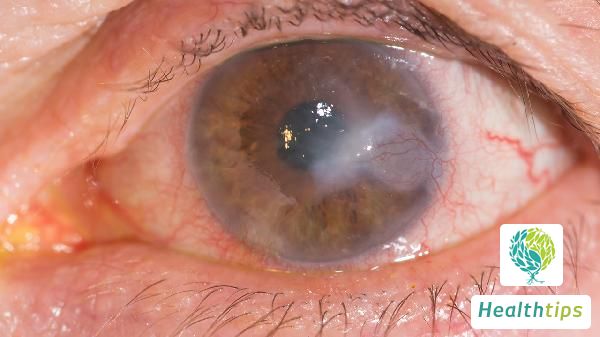"What Are the Advantages and Consequences of Using Suzi?"
Suzi is a common food item that not only provides nourishment but also possesses medicinal value. It is often paired with perilla leaf when eating grilled meat, which helps lubricate the intestines. In fact, Suzi is rich in substances such as oil, lysine, and methionine, making it highly nutritious. However, individuals with spleen and stomach qi deficiency should avoid consuming it. This article provides a detailed introduction to the efficacy and functions of Suzi, aiming to help people understand it better and consume it appropriately in their daily lives.

Suzi, also known as ren, perilla, white perilla, and various other names, belongs to the labiatae family and is the only species under the genus Perilla. It is an annual herbaceous plant with a height ranging from 30 to 200 cm. It has upright stems, opposite leaves with long hairy nodes, and fine oil glands beneath the leaves. It has multiple branches and is purple, greenish-purple, or green in color. The calyx is bell-shaped, the corolla is labiate, and the fruit calyx is relatively small. There are two main varieties of Suzi: purple perilla, which is mostly used medicinally, and white perilla, which can be consumed or pressed for oil. Currently, white perilla is more commonly cultivated. It is mainly produced in Southeast Asia, Taiwan, Jiangxi, Hunan, and other central and southern regions of China.
1. Rich in Substances: Perilla oil, which contains 35-45% of the total oil content of Suzi, can be extracted from it. This oil is rich in omega-3 essential fatty acid alpha-linolenic acid. Due to its dry nature, perilla oil can be used in the production of coatings, varnishes, linoleum, ink, lacquerware, and waterproof coatings for fabrics. It can also be used as a fuel source. Perilla ketone (perillaldehyde oxime) is used as a sweetener in Japan because its sweetness is 2000 times stronger than that of sucrose.
2. Efficacy and Applications: (1) It can soothe the qi, clear mucus, lubricate the lungs, and regulate the intestines. It is used to treat coughing, asthmatic conditions, qi stagnation, and constipation. It can be consumed internally by boiling it in water (1.5-3 grams), extracting its juice, or incorporating it into pills or powders. (2) According to the "Bie Lu" (Another Classic of Materia Medica), it can soothe the qi and dispel cold. (3) The "Pharmacological Treatise" states that it can treat upper qi reversal, coldness, and dampness in the waist and legs. (4) The "Rihuazi Herbal" mentions its ability to regulate the middle, nourish the five organs, soothe the qi, stop cholera, vomiting, and regurgitation, tonify deficiencies, improve physical strength, facilitate urination and defecation, resolve knots and masses, eliminate five types of obstructions, stop coughing, lubricate the heart and lungs, and dispel mucus. (5) The "Derivation of Materia Medica" notes its effectiveness in treating acute asthmatic conditions of the lungs. (6) The "Compendium of Materia Medica" describes its ability to regulate qi, facilitate the diaphragm and intestines, and detoxify fish and crab poisoning. (7) The "Tong玄 Materia Medica" mentions its use in treating snake and dog bites.
3. Clinical Applications of Suzi: (1) It can be used to treat asthmatic coughing and food stagnation with mucus. A combination of Suzi, white mustard seed, and radish seed can be washed, lightly fried, and crushed. Depending on the predominant symptoms, the primary ingredient should be used as the main component, followed by the others. The dosage should not exceed three grams per preparation. The mixture can be placed in a small silk bag and boiled into a decoction for consumption. It should be taken as a substitute for tea and not over-boiled. (2) It can also be used to treat chronic coughing in children with a rattling sound in the throat or coughing and wheezing in the elderly. A combination of Suzi and peeled and pointed almonds can be used, with the addition of honey for the elderly. (3) Suzi can also be used to treat poisoning from eating crabs by extracting its juice and drinking it. (4) It can also be used to regulate qi and smooth bowel movements by grinding Suzi and hemp



















